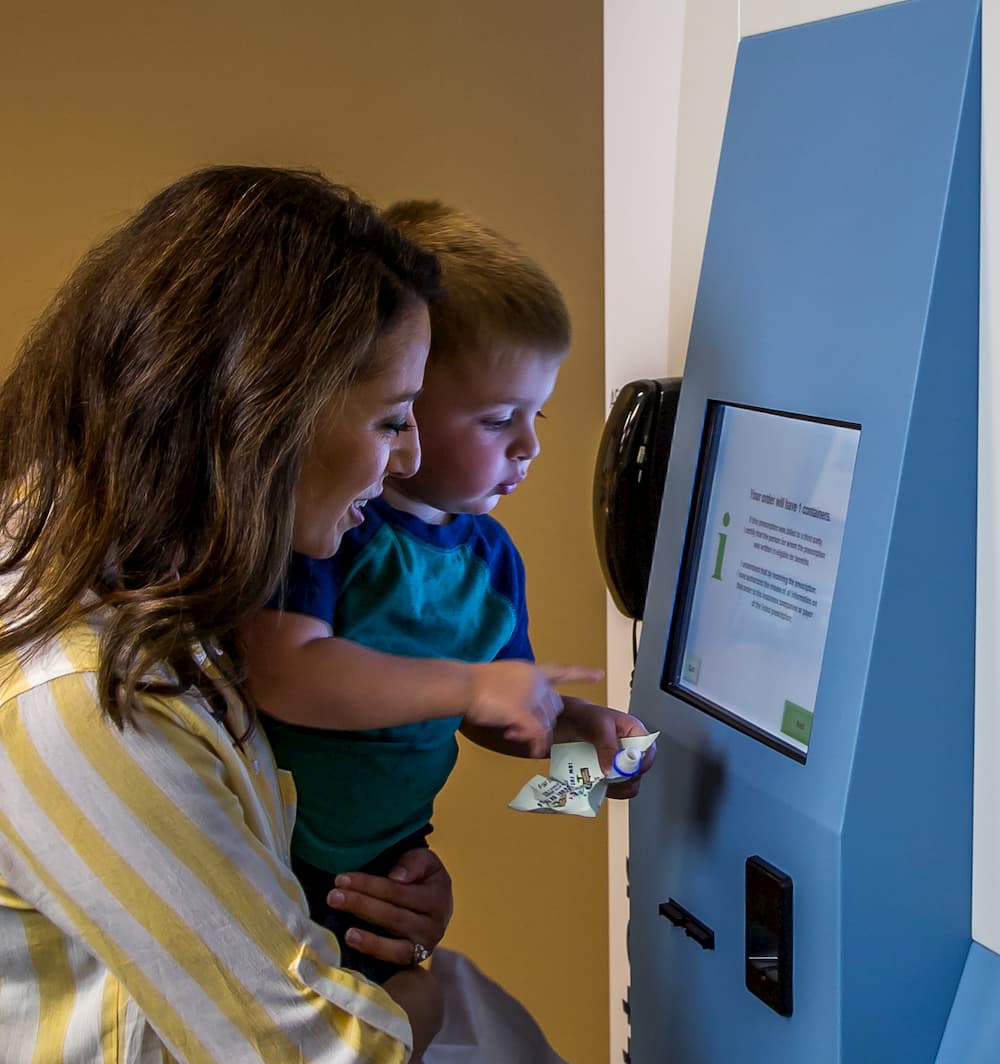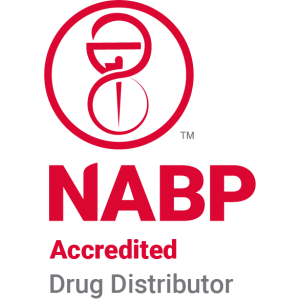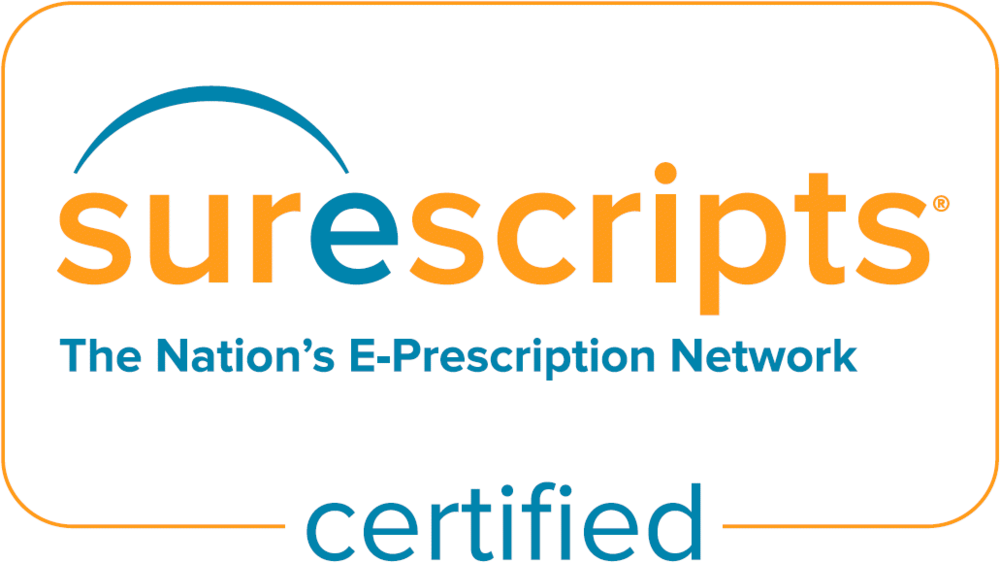Enabling Greater Patient Engagement
As the US healthcare system continues the transition to value-based care, improving patient outcomes, expanding access to care, and lowering costs are becoming shared goals for a growing number of providers and payers. Having engaged patients who proactively take advantage of available resources to manage their health over the long term is a critical success factor in this paradigm-shifting transformation.
“I do think health care is substantially underdeveloped in both improving the customer experience and customization of individual needs and preferences,” says Kevin G. Volpp, MD, PhD at the Perelman School of Medicine at the University of Pennsylvania and one of the authors of the Patient Engagement Survey published by NEJM Catalyst.¹ “For decades, doctors have basically told patients what they should do. And part of why we have such low engagement rates is that while there’s some overlap between that and the patient’s own goals, in many cases I suspect doctors don’t really work that hard to figure out what the patient’s goals are.”

Patients with acute conditions share one overwhelming goal: they want to start feeling better ASAP. InstyMeds makes it possible by providing immediate access to prescriptions right at the point of care.
We help providers create more engaged patients by aligning care delivery with patient goals.
When patients feel much more in control of their health they are more likely to take actions that lead to better outcomes, reinforcing the virtuous cycle.
InstyMeds also allows providers to offer more personalized care by addressing the needs of patients who may have trouble getting to a pharmacy to pick up medications. And both providers and payers benefit jointly from the reduced total costs of care for patients who fill their prescriptions at much higher rates.
Prescription dispensing at the point of care signals a provider’s profound commitment to meeting the needs of its patient population. It shows that the provider takes a holistic and people-centric view of the patient experience by eliminating unnecessary patient jobs on the path to wellness. This helps build the trust that forms the foundation of higher patient engagement.



